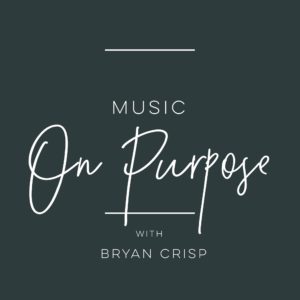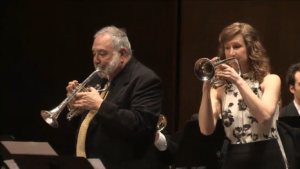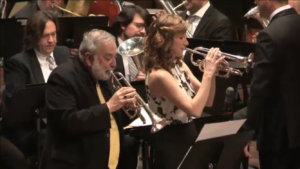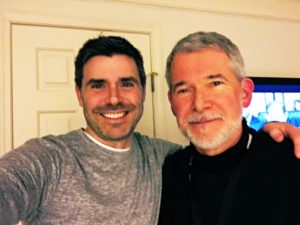The KMEA All-State Audition is fast approaching. I wanted to offer some recordings and advice on the etudes as you prepare for the audition. Both of these are mature etudes that require advanced musicality and facility of the instrument. Take time to prepare slowly and listen to professional players often.
Lyrical Etude #16 from J.L Small 27 Melodious and Rhythmical Exercises (first 16 measures)
This etude is marked Adagio and should not feel rushed. Take your time on this and commit to advanced professional phrasing. Rubato is encouraged within reason. You will notice that I push and pull the tempo slightly to add to the advanced phrasing and musicality. This etude calls for that and although a strict tempo is usually best practice I would encourage a slight ritardando/accelerando at times. Be careful to give care to the grace notes and not rush through them. Also be very careful in measures 9,11,13,14 to play the correct rhythms on beats 4. This is probably the trickiest part of the entire etude. Enjoy the musicality and phrasing and do something your competitors are not doing on this etude. Let your individuality shine with your own interpretation. For best audio, listen with headphones.
Technical Etude #3 from Theo Charlier 36 Etudes Transcendantes (first 34 measures)
This etude should only be played as fast as you can play perfectly. It is mature and requires careful attention to articulation and rhythm. Be very accurate and double check you are playing the correct articulations throughout the etude. Just when you think you have the correct articulation and you are in a groove, it changes on you. In measure 16 there is a sign at the end of the measure which means “a slight pause.” Do not take too long here. It is just for phrasing and should only be slightly longer than a normal breath. Keep a steady tempo throughout until the last 2 measures. Observe the dynamics very specifically, however, add your own flair as well. Let your creativity shine and enjoy making music underneath the technique. Most importantly, HAVE FUN! For best audio, listen with headphones.




